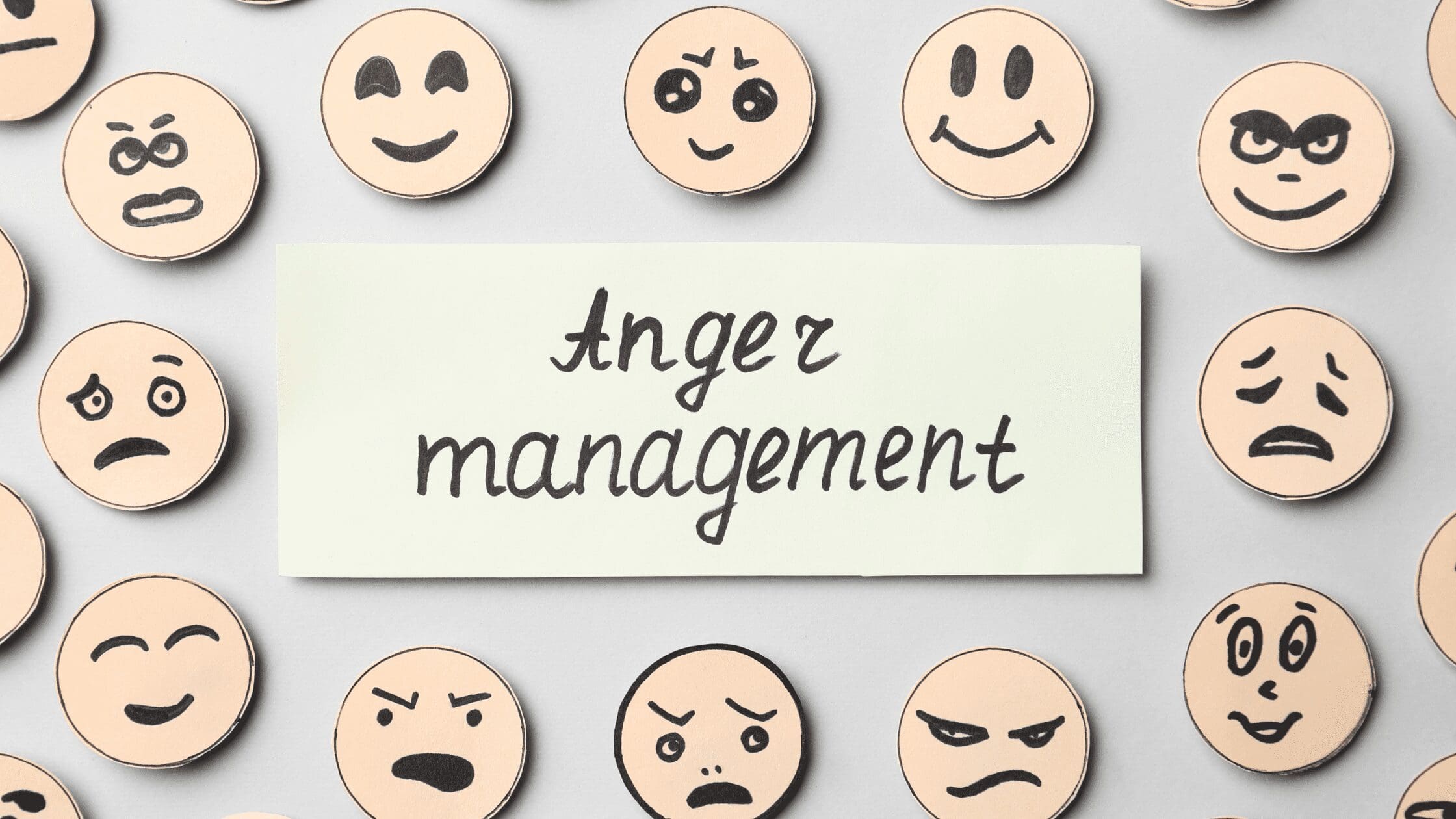Welcome to week four of anger management coping skills. This week we will go over understanding triggers. If you have missed any part of the series, click here! As always, remember my disclaimer before practicing any mental health information. What is Anger Management? If you have issues controlling your anger, you’re not alone. Anger is a normal and […]
Anger Management: Recognizing Warning Signs
Welcome to week three of anger management coping skills. This week we will go over diversions and how to use them. If you have missed any part of the series, click here! As always, remember my disclaimer before practicing any mental health information. What is Anger Management? These coping skills are techniques and strategies used […]
Anger Management: Diversion
Welcome to week two of anger management coping skills. This week we will go over diversions and how to use them. If you have missed any part of the series, click here! As always, remember my disclaimer before practicing any mental health information. What is Anger Management? These coping skills are techniques and strategies used to deal […]
Anger Management: Anger Log
Welcome to week one of anger management coping skills. This week we will go over anger logs and how to use them. If you want to check out our other coping skill series, click here! As always, remember my disclaimer before practicing any mental health information. What is Anger Management? These coping skills are techniques and […]
